The flowers are not dead, all depends on the pot soil, use this soil to grow flowers, they can live for decades
Why do many flower lovers grow flowers that are fine when they are just bought, but die or wilt after a while? Many reasons are not watering, light and other reasons, but a very important reason is in the potting soil. If the potting soil is not good, nothing can grow well. Therefore, it is best to change the soil for the flowers we buy from the flower shop and grow them in soil suitable for the characteristics of flowers. Then the flowers will definitely grow strong.
What kind of potting soil is good? Most potting soils cannot use a single soil, because a single soil cannot have the functions of looseness, breathability, fertility, water permeability, and water retention at the same time. It is necessary to mix several soils together. Today, Bu Yan will talk about the types of soil for some common flowers.
1. Garden soil: Vegetable garden soil or fertile farmland soil, with high fertility, alkaline in the north and acidic in the south
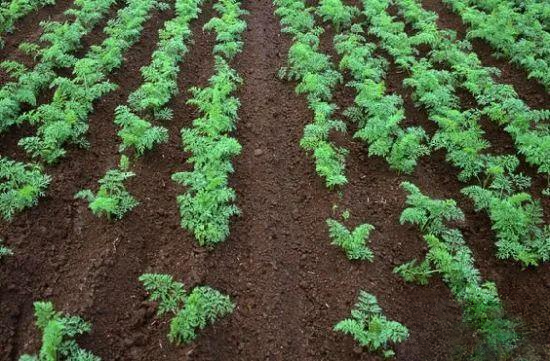
2. River sand: It does not contain nutrients and is mainly used for ventilation and drainage. It is used to mix with soil and can also be used for cuttings. It has a high survival rate.
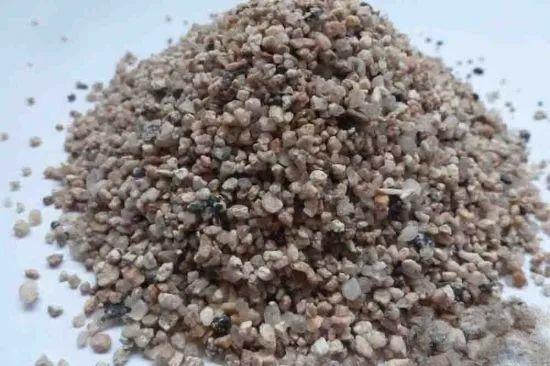
3. Leaf mold: Made from the pile of fallen leaves in autumn, it is loose and porous, rich in humus, and slightly acidic, which is what most flowers need.
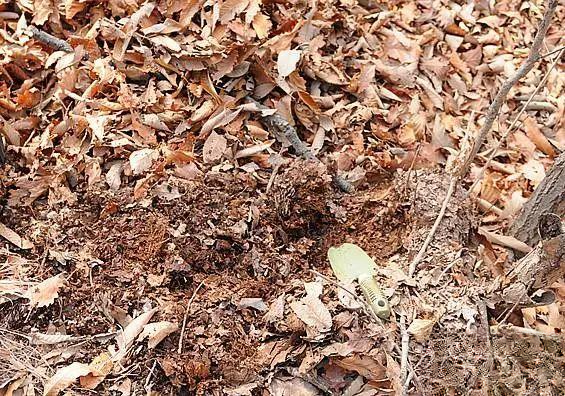
4. River mud and pond mud: River and pond sediments are rotten, rich in organic matter, and have comprehensive nutrients and are acidic. The disadvantage is that they contain toxic substances. After being dug out, they must be dried to decompose the toxic substances before use.
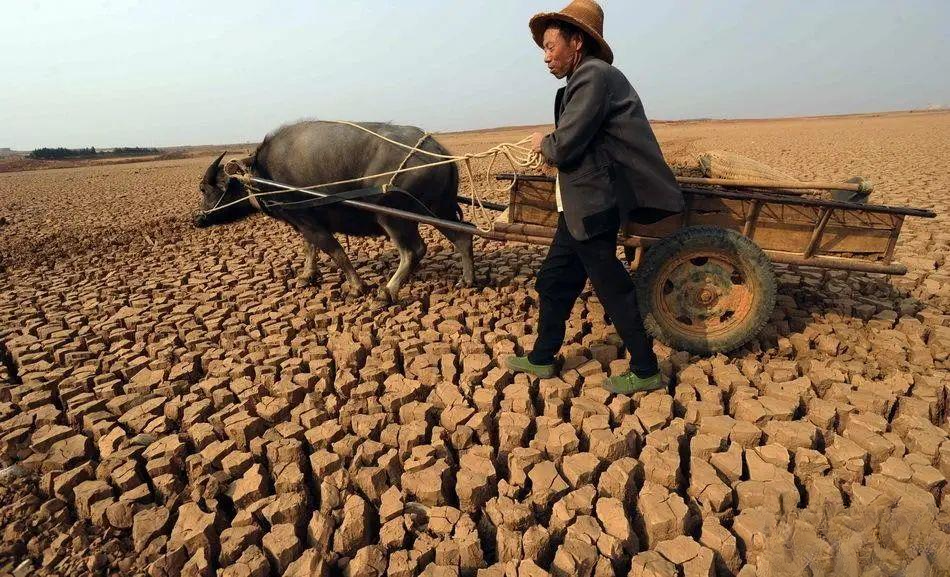
5. Pine Needle Soil: Made from the long-term accumulation and decomposition of fallen leaves of pine and cypress plants. It is slightly acidic and has a high humus content. It can be used for acidic flowers and is a must for orchids.
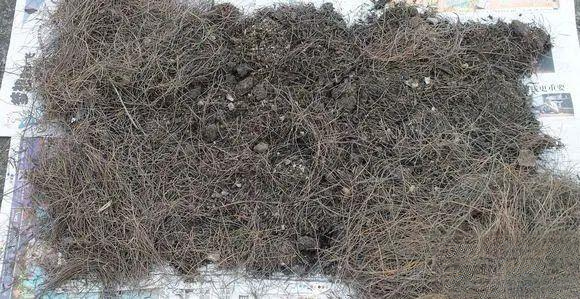
6. Vermiculite: It is light, loose, and can absorb a lot of water and fertilizer. It is a very good cutting medium. It is used to mix with flowers to make it loose and breathable, and it is not easy to rot.
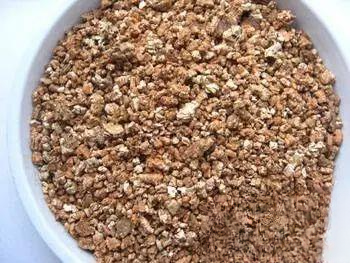
7. Peat: It is the remains of plants grown in low-lying and humid areas in ancient times. It forms a soft accumulation under the condition of flooding and less air. Peat has a soft texture, good water permeability, air permeability and water retention. It contains humic acid, which is very beneficial to promote the rooting of cuttings. It is slightly acidic and is one of the important raw materials for preparing culture soil.
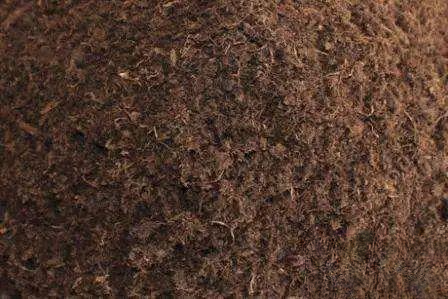
8. Honeycomb coal slag: Honeycomb coal balls are waste from burning, and have a certain alkalinity. Before use, they must be soaked and washed or placed in the open air with weakly acidic rainwater to neutralize before use, otherwise the roots may be burned. Its advantages include good drainage, light texture, and good air permeability. Small particles of about 3mm coal slag can be mixed with soil for use, and large particles can be used as the bottom of flower pots.
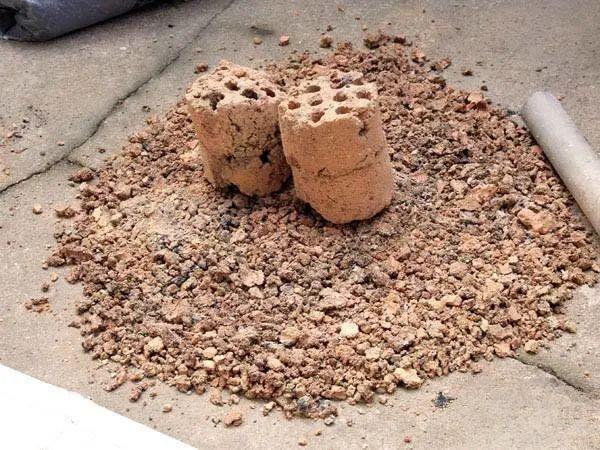
Selection and preparation of culture soil
Different types of flowers require different soils. Even the same type of flowers have different requirements for culture soil at different growth stages.
1. It is best to use light and loose soil for sowing and transplanting seedlings, without adding fertilizer or only a small amount of fertilizer;
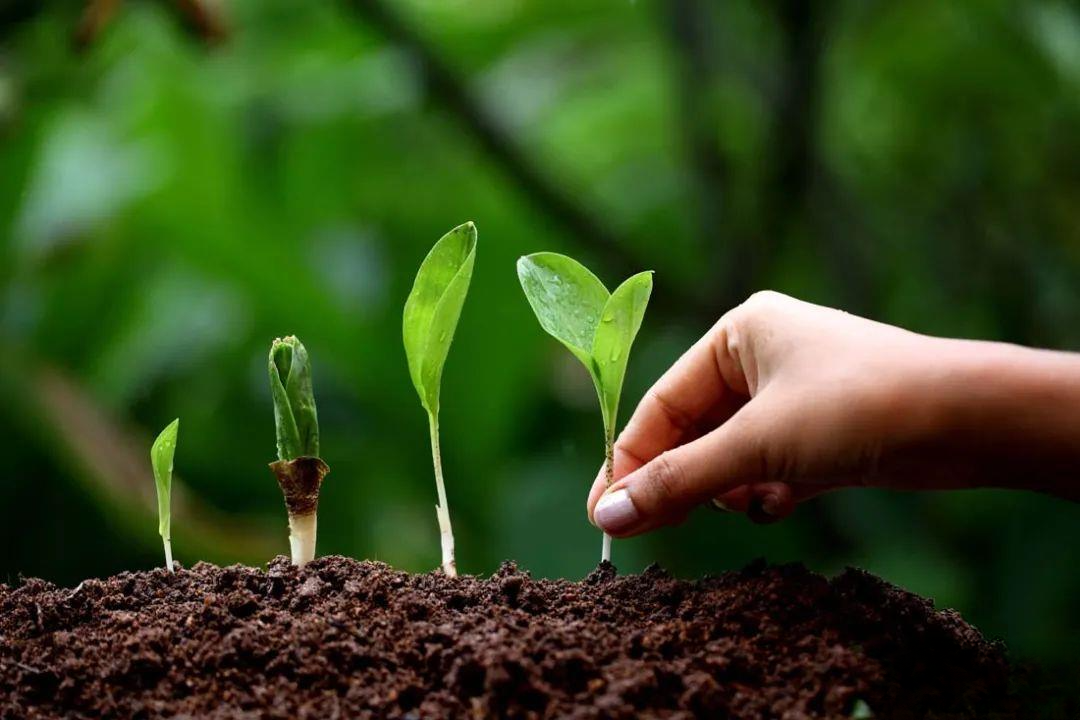
2. Large seedlings or adult plants require relatively dense soil and more fertilizer.
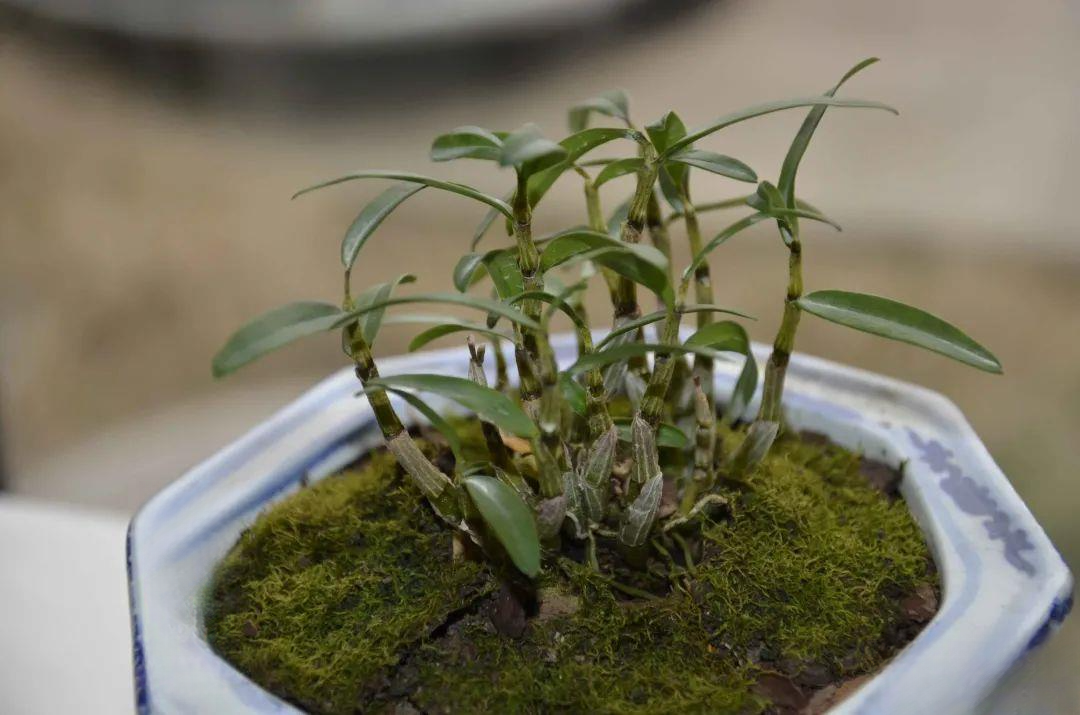
3. The soil for sowing annual and biennial herbaceous flowers is 5% leaf mold, 3% garden soil, and 2% river sand; the soil for planting is 4% leaf mold, 5% garden soil, 1% river sand, and 0.5% bone meal.
4. Evergreen flowers require more humus during the seedling stage, 4% leaf mold, 3% garden soil, and 2% river sand; after the plants grow, the amount of leaf mold decreases.
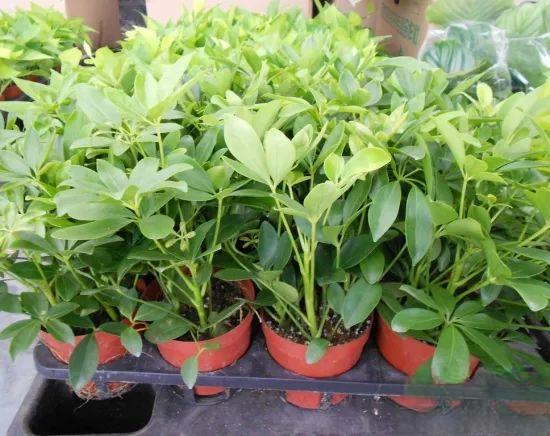
Specific soil ratio reference:
1. Clivia
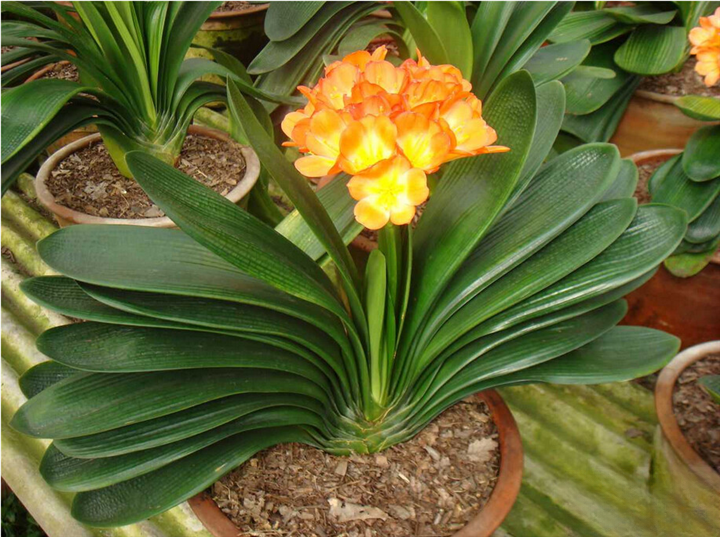
Clivia likes loose, fertile, humus-rich, well-drained nutrient soil, and grows best when the pH value is 5.5-6.5. You can use a mixture of 4:6 of decomposed chicken manure and pond mud, and it is best to use a mixture of 5:3:2 of pine needles, decomposed organic fertilizer, and river sand.
2. Chlorophytum
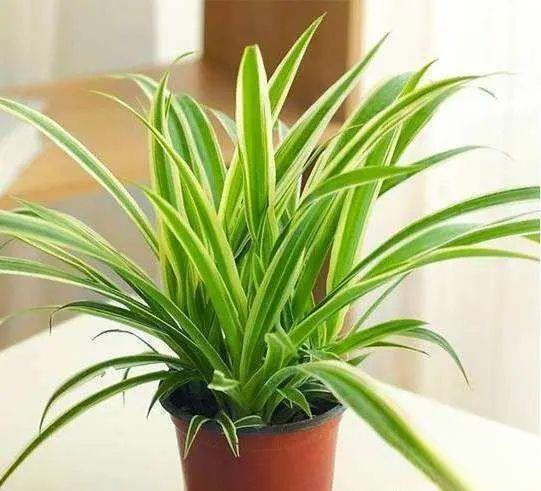
Chlorophytum does not require high soil, but it must be loose and breathable. You can use 60% garden soil, fine sand or sandy loam, leaf mold, and add 4% to 5% decomposed poultry fertilizer and cake fertilizer.
3. Asparagus fern
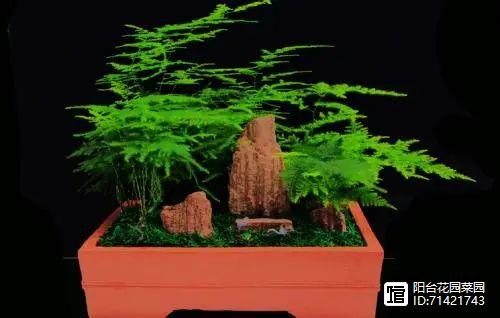
The potting soil for cultivating asparagus fern should be fertile sandy loam, which should be warm and moist, rich in rotten branches, and have good drainage. Generally, it can be prepared in a ratio of 4 parts garden soil, 2 parts leaf rot, 2 parts compost soil and 1 part sand, and the soil should be changed and fertilized regularly.
4. Pothos
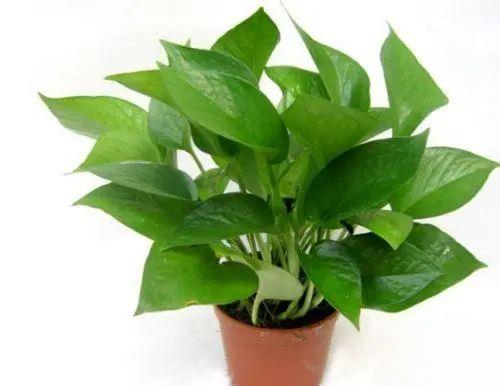
The soil for the green radish requires fertile, loose, well-drained leaf rot. A slightly acidic soil is best. Generally, the soil can be prepared in a ratio of 4 parts leaf rot, 3 parts garden soil, and 2 parts river sand.
5. Fortune Tree
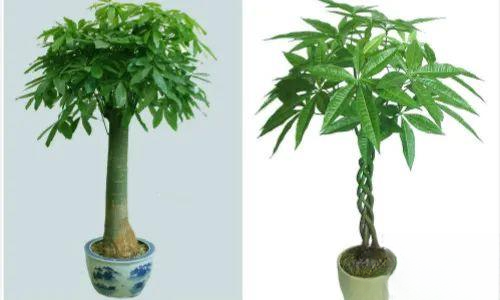
The requirements of the cultivation soil for the fortune tree are not high. Generally, a loose mixed soil can be used. You can use 6 parts of garden soil, 2 parts of decomposed organic fertilizer, 2 parts of coarse sand; or 7 parts of peat soil, 2 parts of decomposed organic fertilizer, 1 part of rice husk ash; or 8 parts of leaf mold, 2 parts of coal slag ash, etc. to make the cultivation soil
6. Azalea
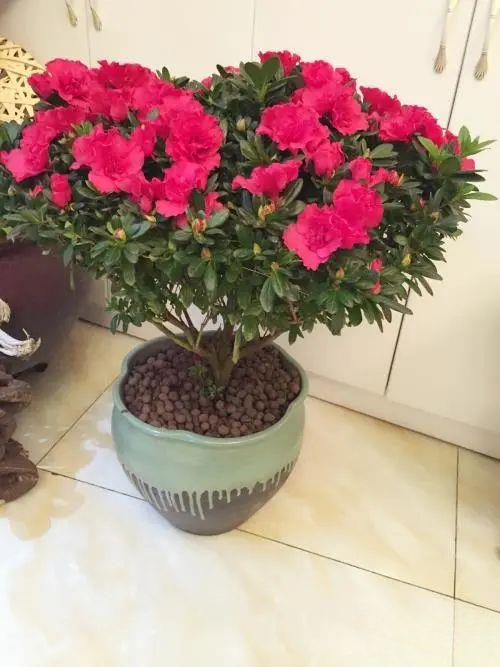
Rhododendron, gardenia and other flowers prefer acidic soil that is rich in humus, loose, moist and has a pH value between 5.5 and 6.5. Leaf mold + red soil (2:1) plus 5% decomposed pig manure is the most suitable cultivation soil.
7. Soil preparation for Vinca rosea
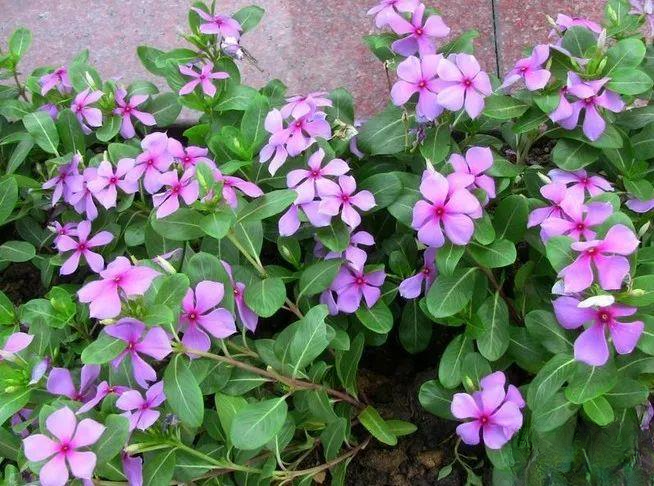
Catharanthus roseus grows best in fertile, loose, well-drained sandy soil or soil rich in humus. It can be prepared in the ratio of 4 parts of leaf mold, 5 parts of garden soil, 1 part of river sand, and 0.5 parts of bone meal.
8. Tiger Skin Orchid
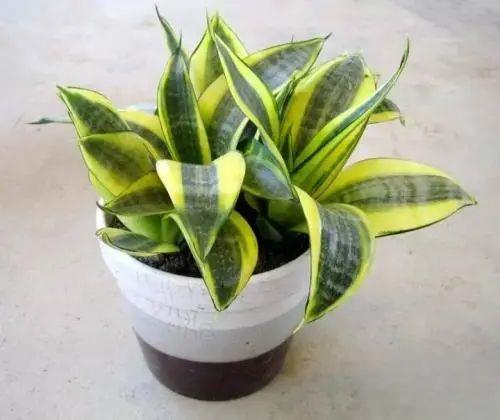
The soil of Sansevieria needs to be loose and breathable, so when preparing the soil for Sansevieria, be sure to use 2/3 of leaf mold and 1/3 of garden soil. Remember that the soil must be loose and breathable, just add some river sand.
This is a reference ratio for the soil of some common flowers. Of course, the soil is not fixed and can be made from local materials as long as it suits the growth habits of the plants.